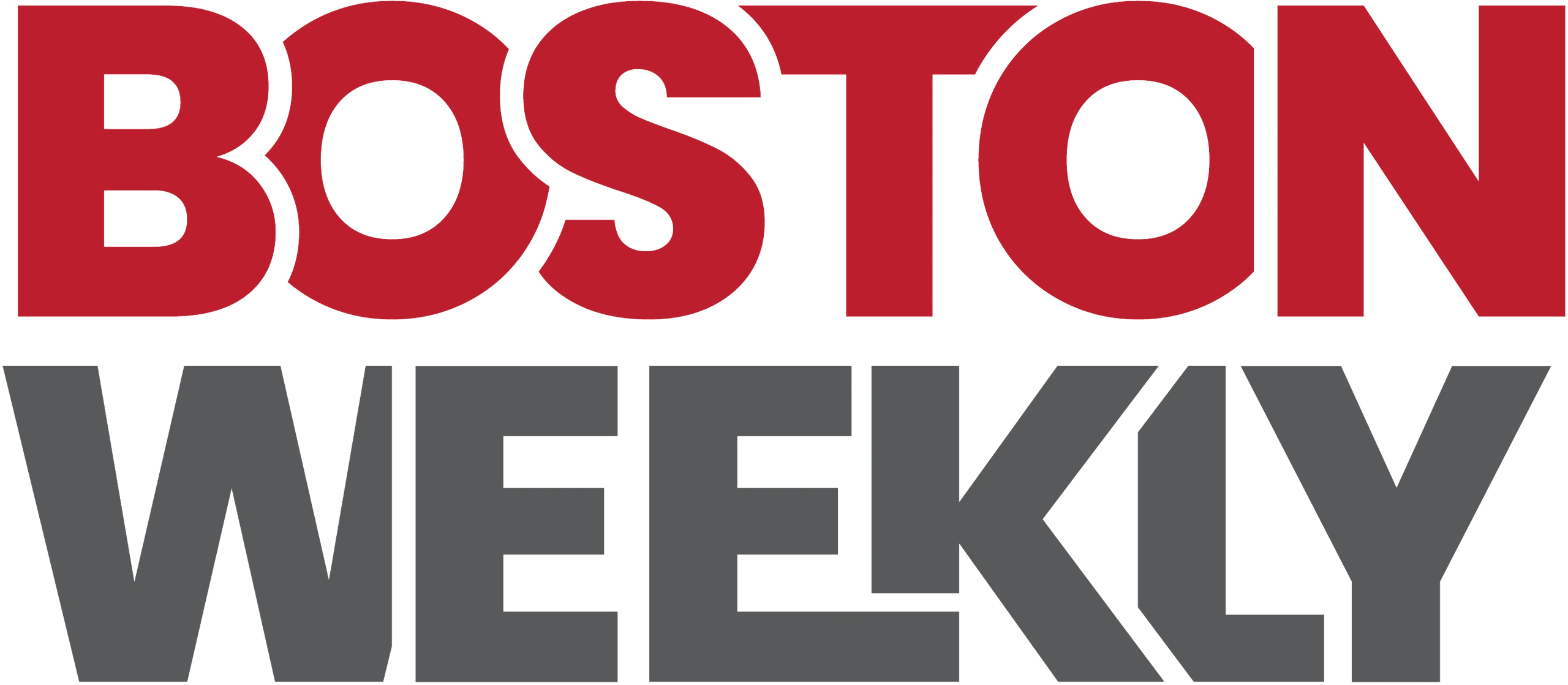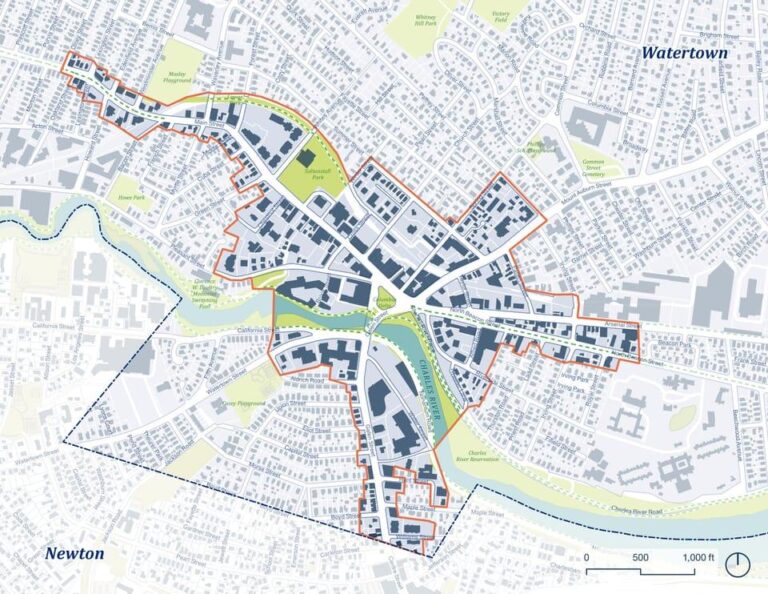A new bill aimed at enhancing zoning regulations around Massachusetts Bay Transportation Authority (MBTA) communities has been proposed to improve transit access and promote increased housing growth near public transportation hubs. The legislation seeks to strengthen and clarify existing multi-family zoning requirements established by the MBTA Communities Act, which mandates that eligible municipalities create zoning districts allowing multi-family housing as of right. Advocates say the bill will help address housing shortages and foster enduring, transit-oriented growth by making it easier for cities and towns to comply with state guidelines and implement effective zoning strategies near MBTA stations.The move comes amid growing calls for more accessible,affordable housing options and improved public transit infrastructure across the region. [3] [2]
Table of Contents
- Bill Aims to Expand Zoning Rights Near MBTA Stations to Boost Housing Supply
- Proposed Law Focuses on Improving Accessibility and Transit Connectivity Across the Region
- Experts Recommend Integrating Affordable Housing Incentives with Transit-Oriented Development
- Community Leaders Call for Inclusive Planning to Address Displacement Risks and Equity Concerns
- The Conclusion
Bill Aims to Expand Zoning Rights Near MBTA Stations to Boost Housing Supply
Legislation introduced in the state legislature seeks to overhaul zoning regulations around MBTA stations, aiming to significantly increase housing options in high-demand transit corridors. The bill proposes to reduce current zoning restrictions by allowing for higher-density residential and mixed-use developments within walking distance of key transit hubs. Advocates argue this move could alleviate regional housing shortages, reduce commuter congestion, and promote sustainable urban growth by encouraging transit-oriented communities.
Key provisions of the bill include:
- Permitting multi-family housing and reducing minimum parking requirements near transit stations
- Streamlining development approval processes to accelerate construction timelines
- Encouraging collaboration between municipalities and transit agencies to align land use and transportation planning
Supporters emphasize that expanding zoning rights close to MBTA stations will not only boost the housing supply but also enhance transit accessibility,ultimately fostering more equitable and environmentally responsible urban environments.
Proposed Law Focuses on Improving Accessibility and Transit Connectivity Across the Region
The newly introduced bill aims to address longstanding challenges faced by commuters within the Massachusetts Bay Transportation Authority (MBTA) system by enhancing accessibility and strengthening transit connectivity across the region. Central to the proposal is a complete plan to revise zoning policies surrounding MBTA stations to encourage transit-oriented development, ultimately making it easier for residents to access public transportation hubs.This reform seeks to reduce reliance on cars, lower emissions, and improve inclusivity by ensuring that transit infrastructure better serves people with disabilities and those in underserved communities.
Key elements outlined in the proposal include:
- Streamlined zoning regulations promoting mixed-use developments near transit nodes.
- Upgraded station facilities with improved ADA compliance and accessibility features.
- Expanded feeder bus services and improved last-mile connectivity to reduce transit gaps.
- Investment in technology to enhance real-time transit information and ease of fare payment.
If enacted, these measures would transform the commuting experience throughout the MBTA network, fostering a more integrated and equitable transit ecosystem that aligns with modern urban growth and environmental goals.
Experts Recommend Integrating Affordable Housing Incentives with Transit-Oriented Development
Urban planners and housing experts emphasize that coupling affordable housing incentives with transit-oriented development (TOD) is a pivotal strategy for sustainable urban growth. By prioritizing affordable units near MBTA transit hubs, municipalities can reduce commute times, lower transportation costs, and promote equitable access to employment and essential services.The synergy between affordable housing and expanded transit options is expected to foster vibrant, walkable communities while addressing the chronic shortage of reasonably priced homes within city limits.
Key recommendations from these experts include:
- Incentivizing developers through zoning adjustments that allow increased density or reduced parking requirements in exchange for affordable units.
- Integrating mixed-use developments that combine residential, commercial, and recreational spaces to boost neighborhood vitality around transit stations.
- Ensuring income eligibility standards align with local budgets to maximize community benefit and maintain long-term affordability.
This approach aligns closely with recent legislative efforts aiming to enhance MBTA zoning policies, ensuring transit access promotes not only mobility but also housing equity.
Community Leaders Call for Inclusive Planning to Address Displacement Risks and Equity Concerns
Local advocates and community leaders emphasize the urgent need for planning measures that prioritize the voices of residents most vulnerable to displacement as transit-oriented development expands. They argue that without inclusive frameworks, efforts to improve MBTA zoning and transit access risk accelerating gentrification and deepening inequities in neighborhoods historically underserved by public transportation.
Community stakeholders are calling for:
- Equitable housing protections that guard against involuntary displacement;
- Meaningful engagement processes that center the perspectives of low-income and minority communities;
- Cross-sector collaboration among planners, transit officials, and residents to co-create solutions that balance growth with affordability.
These approaches, they stress, are critical to ensuring that enhanced transit access translates into shared prosperity rather than exacerbated disparities.
The Conclusion
As the proposed bill moves forward,stakeholders across Massachusetts await its potential impact on the MBTA system’s zoning policies and transit access. Advocates highlight the promise of improved connectivity and equitable transportation options, while critics caution about implementation challenges. The coming months will be crucial in determining whether these legislative efforts successfully translate into tangible benefits for daily commuters and the broader community. Updates on the bill’s progress and responses from public officials are expected to shape future discussions about the region’s transit landscape.

